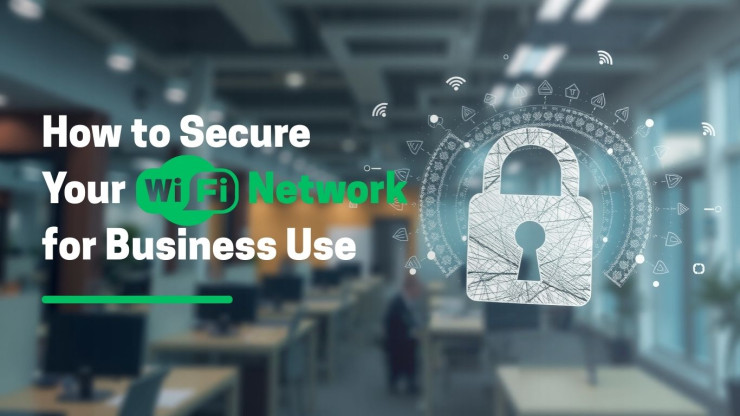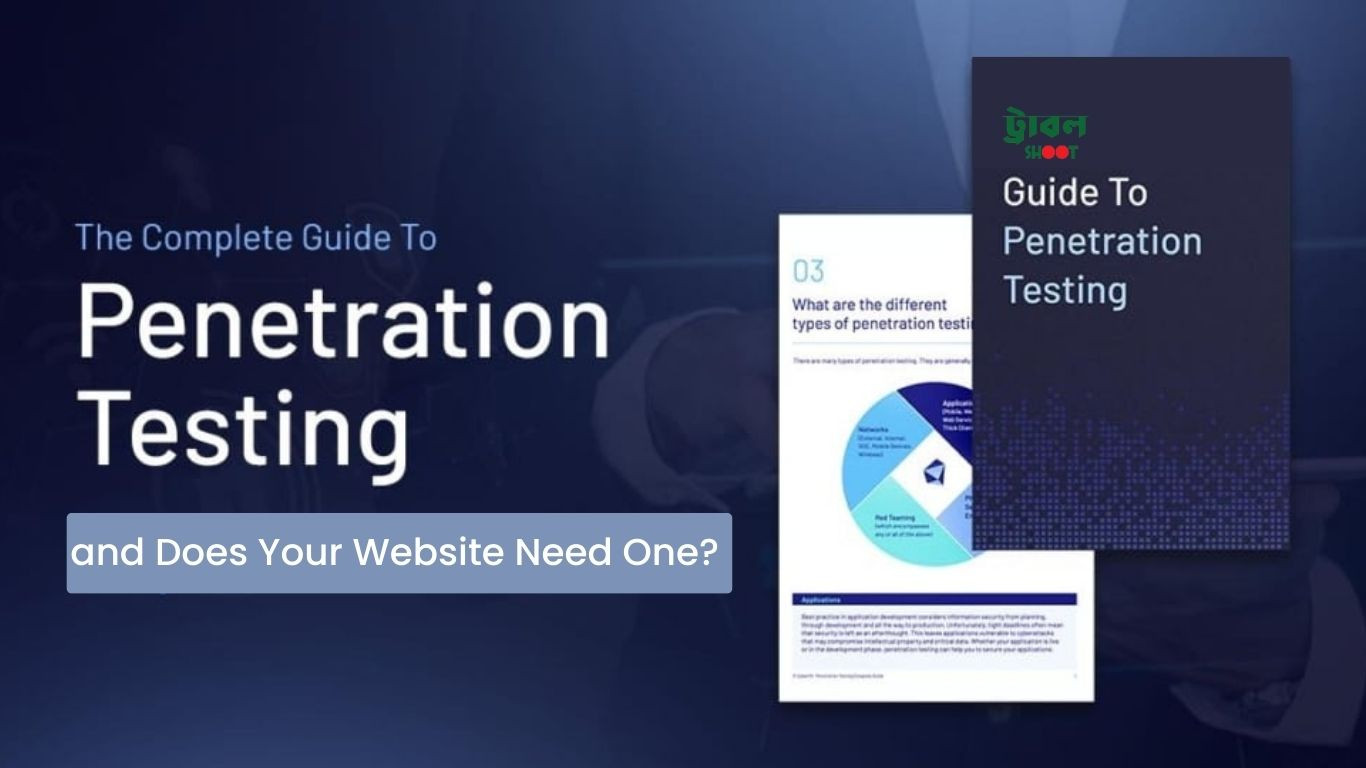
In today's hyper-connected world, a good internet connection is oxygen for your business. However — just as you would not leave your office door open at night, you would not leave your Wi-Fi network open to cyber attackers.
Unfortunately, most small businesses pay no attention to Wi-Fi security, thinking they're too small to be targeted. That's a dangerous assumption. In fact, small businesses are typically more vulnerable because they lack advanced cybersecurity defenses.
So, if you operate a quaint coffee shop with complimentary Wi-Fi or an IT startup out of your home office, password-protecting your wireless network isn't an option — it's a necessity.
Let's jump into how to protect your small business Wi-Fi network and the 5 best practices to keep your data, employees, and customers safe.
Why Wi-Fi Security is Important to Business
Before we dive into the details, let's discuss real-life repercussions. In 2023, 60 percent of small businesses that had been cyber-attacked were out of business within six months (Source: U.S. National Cyber Security Alliance). Most of these breaches began with something as straightforward as an open Wi-Fi connection.
Some possible dangers of not password-protecting your company Wi-Fi include:
Data theft: Customer data, employee records, financial records — all vulnerable.
Network hijacking: Hackers can use your connection for illicit activities.
Loss of reputation: A single breach can cost you customers' trust, and it is difficult to regain.
How to Safeguard Your Small Business Wi-Fi Network
We now proceed to a step-by-step guide to Wi-Fi security for small businesses:
1. Change Default Network Names and Passwords
Your Wi-Fi router has a default SSID (network name) and administrator login name/password. Never leave the defaults in place. Common usernames/passwords such as "admin/admin" or "password123" are known to hackers.
Tip:
Use a distinctive SSID that does not reveal your company name.
Create a solid router admin password that includes letters, numbers, and symbols.
Example:
✅ Good SSID: CoffeeSecure123
❌ Poor SSID: StarCafeWiFi (too conspicuous)
2. Use WPA3 Encryption (at least WPA2)
Encryption mixes up your information so even if it's intercepted, no one can read it. Newer routers have WPA3, which is the latest and greatest standard. If not, WPA2 is fine as well — just don't use WEP (it's old and easy to crack).
To enable it:
Log in to your router's administration page.
Search for "Wireless Security" settings.
Choose WPA3-Personal (or WPA2 if WPA3 is not available).
3. Set Up an Isolated Guest Network
If you have clients or customers coming to your office, you might want to provide guest Wi-Fi. That's fine — just don't invite guests onto the same network used by your business.
Set up a guest network that is independent of your main one. This will isolate your files, printers, and internal applications from access.
Bonus tip: Set bandwidth restrictions so that guests don't monopolize your internet speed!
4. Update Your Router Firmware
Just like your smartphone needs updates, your Wi-Fi router does, too. Manufacturers continuously release firmware updates that patch known vulnerabilities.
How to check for updates:
Login to your router.
Look for a section called "Firmware Update" or "Router Software."
If there is an update, update it and restart the router.
Pro tip: Set a reminder to look for updates on a quarterly basis.
5. Secure Access Using MAC Address Filtering
Every device is given a MAC (Media Access Control) address. Once you enable MAC address filtering, you can define which devices can use your Wi-Fi.
It's not a sure thing (hackers can fake MAC addresses), but it's an additional layer of security.
Steps:
Gather MAC addresses of authorized devices (laptops, printers, etc.).
Add them to the "MAC Filtering" list in your router settings.
Additional Best Practices for Wi-Fi Security for Enterprise
Want to go the extra mile? The following are some advanced — but highly effective — techniques:
✅ Hide Your SSID
Most routers allow you to cloak your SSID, which makes your network invisible to the casual user. Only those who know the precise network name can connect. It's not foolproof security, but it lowers the profile.
✅ Utilize a Firewall
A firewall also serves as a gatekeeper and prevents suspicious traffic from entering your network. A built-in firewall comes with most routers — ensure it's switched on. Additionally, you can install software firewalls on the computers in your business for an extra layer of protection.
✅ Turn off WPS (Wi-Fi Protected Setup)
WPS was designed to make it easier to connect devices, but it is also a security risk. Disable WPS in your router settings to prevent brute-force attacks.
✅ Reduce Signal Range (If Necessary)
If you're based in a tiny office, you wouldn't want your Wi-Fi reach the parking lot. Some routers enable you to have an option to limit broadcast power so your network signal travels shorter distances — putting you less at risk from potential attackers.
Common Errors to Avoid
Let's put this in more human terms. Even computer-literate people make these mistakes sometimes:
Choosing "password" as your password. Yes, it still occurs.
Allowing employees to use their own devices without limitation. These may have malware.
Wi-Fi passwords shared on sticky notes on a desk. A hacker's paradise.
Real-world Example: The Café Hack
One of the café owners in Dhaka felt they were too small to be a target. Their free Wi-Fi for customers used the same network as their POS system. A hacker walked in, ordered coffee, and quietly captured transaction data. They did not even realize what had occurred until their payment processor called them about suspicious activity.
The moral? No business is too small for Wi-Fi security.
The 5 Best Practices for Wireless Network Security
In short, these are the golden rules:
Change default router passwords and SSID
Utilize WPA3 or WPA2 encryption
Establish different networks for workers and guests Regularly update firmware and disable unnecessary features Implement MAC filtering, firewalls, and hidden SSIDs where applicable Final Thoughts: Don't Wait for a Breach to Take Action Protecting your business Wi-Fi does not need a cybersecurity degree — just some intelligent measures and ongoing attention. It is like locking up and activating the alarm each evening. Your network is your business's lifeblood — provide it with the protection it needs. So, what's the first thing you'll do after reading this? ✅ Change your router password? ✅ Update the firmware? ✅ Set up a guest network? Whatever you do, you're already headed in the direction of a smarter, safer business. Need help in securing your business network in Bangladesh? Come to Troubleshoot.com.bd — we provide professional Wi-Fi security consulting, installation, and support for businesses of all sizes.










Post Your Comments